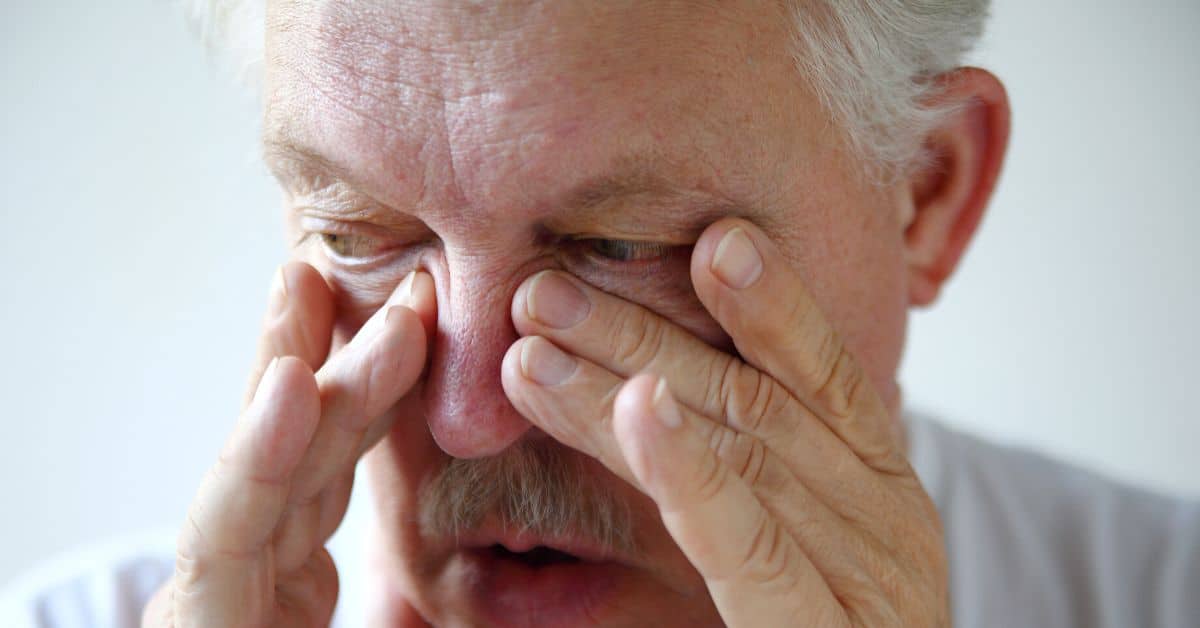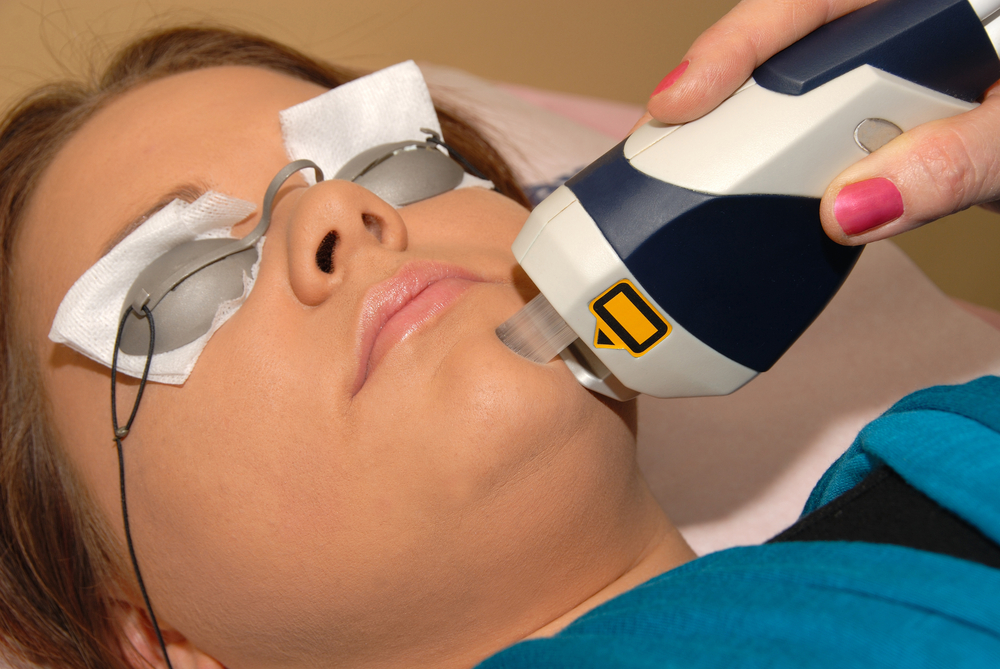The allergic salutation may be one of these reasons to blame if you or your child has an indented line or crease across the bridge of the nose.
The nasal or allergy crease is the name of this distinctive line. It is brought on by the repetitive upward rubbing of the nose with the hands or fingers.
The majority of people who develop a nasal crease frequently have itchy, runny, or congested noses, such as those who have allergic rhinitis. While the crease frequently disappears on its own, in adulthood it can occasionally stay for good.
Nasal creases may appear irrespective of the nose shape.
In this article, we’ll discuss nasal crease, the causes of the nasal crease, and the ways of preventing it.
What Is A Nasal Crease?
The word “nasal crease” refers to a wrinkle or fold that extends from the side of the nose to the corners of the mouth. It is also referred to as the “smile line” or “nasolabial fold.”
It develops as a result of aging with the skin losing its suppleness and collagen. Due to their facial structure or inherited traits, certain people may also have a more noticeable nasal crease.
This nasal crease can range in appearance from a thin, transient line to the prominent atrophic scars seen in our adult patients. After the nasal symptoms were reduced, several of the faint ones vanished within a short period of time.
Causes Of Nasal Crease
The nasal crease is typically linked to disorders like allergic rhinitis, when your nose is frequently itchy and runny. Dust mites, animal dander, pollen, and mold spores are a few of the most prevalent environmental allergens.
The most common reasons for nasolabial folds are:
- Growing older: Your cheekbones may flatten as you age, and any drooping skin may be dragged down by gravity. Your skin also has less collagen and elastin. The suppleness, hardness, stretchiness, and ability to hold its original shape are all qualities that these biological components confer to skin.
- Smoking: Smoking weakens the collagen and elastin in the skin.
- Sun damage: The sun’s rays can break down collagen and elastin.
- Weight increase or loss: If you put on weight, you may have additional, loose skin. If you gain weight, your cheeks could grow larger. In either situation, the nasolabial folds may be more obvious.
Allergic Crease Treatment
If you want to get rid of an allergic crease, speak with a dermatologist or plastic surgeon. Treatment options include:
- Injections of botulinum toxin, often known “Botox,” are particularly well-known for their capacity to reduce frown lines that develop between your eyes. However, Botox may also be used to weaken and relax a specific muscle that creates nasolabial folds. Botox injections may temporarily decrease the appearance of nasolabial wrinkles for a few months.
- Dermal fillers: Your skin’s wrinkles can be filled by injecting a substance there. The substance gives the area new volume and richness. The effects could linger for six months to a year. Common fillers include microspheres made of hyaluronic acid, polylactic acid, calcium hydroxylapatite, and polymethyl-methacrylate (PMMA).
- Retinoids: Applying this chemical form of vitamin C to your skin on a regular basis will help reduce smile lines over time.
- Skin-tightening procedures: Radiofrequency, ultrasound, and laser treatments can tighten loose skin by promoting the production of collagen.
- Surgery: Through cosmetic surgery, your skin and underlying tissues can be moved and reshaped. Nasolabial fold reduction treatments include a facelift or cheek lift.
How To Prevent Nasal Crease?
One can try the following to avoid developing a “nasolabial fold,” sometimes referred to as a nasal crease:
- Keep the skin moisturized: The skin around your nose should be kept moistened because dry skin is more prone to wrinkles and creases.
- Limit your time in the sun: UV radiation can harm your skin and cause wrinkles to appear. Spending time in the sun requires wearing sunscreen and a hat.
- Avoid touching or massaging your nose regularly. Doing so can cause creases to appear on the nose.
- Lay on your back to avoid developing wrinkles on the side of your face that is forced up against the pillow when you sleep on your side or stomach.
- Take into account utilizing retinoids or additional wrinkle-reducing creams: Over time, these products may contribute to a reduction in the visibility of creases and wrinkles.
The fact that wrinkles are a normal feature of ageing and cannot entirely be avoided should also be kept in mind.
When To See A Doctor?
If the crease appears suddenly or is accompanied by pain or swelling, you should contact your physician immediately. If you have a permanent nasal or allergic crease, it is best recommended to visit a dermatologist and get adequate treatments.
FAQs
A: The word “nasal crease” refers to a wrinkle or fold that extends from the side of the nose to the corners of the mouth. It develops as a result of aging with the skin losing its suppleness and collagen.
A: Once the allergy is addressed in youngsters, a slight nasal furrow should disappear on its own. The need to swipe it with the allergic salute should vanish once the nose is no longer itchy or runny, and along with it, the nasal crease.
A: Antihistamines, nasal steroids, and immunotherapy (allergy shots) are typical nasal allergy therapies used to prevent nasal creases.









